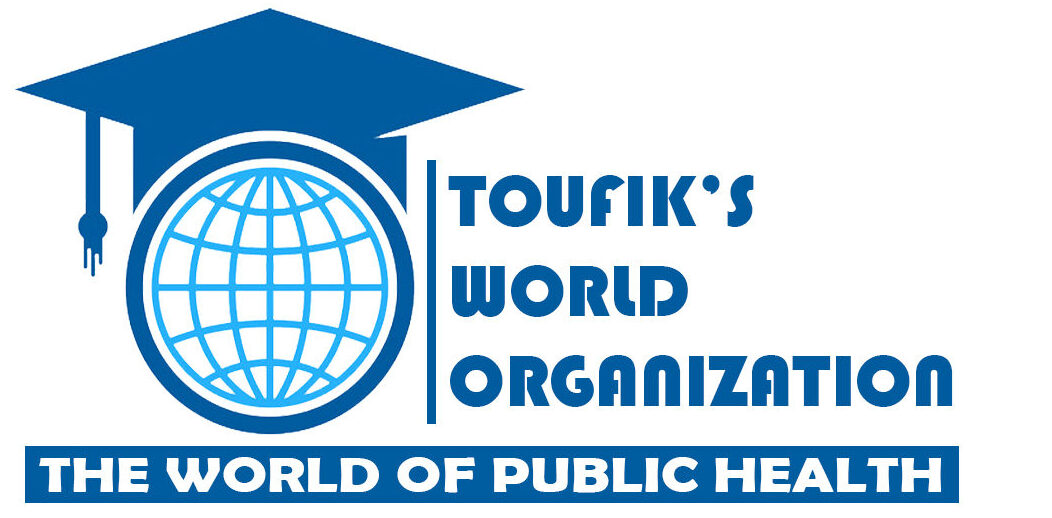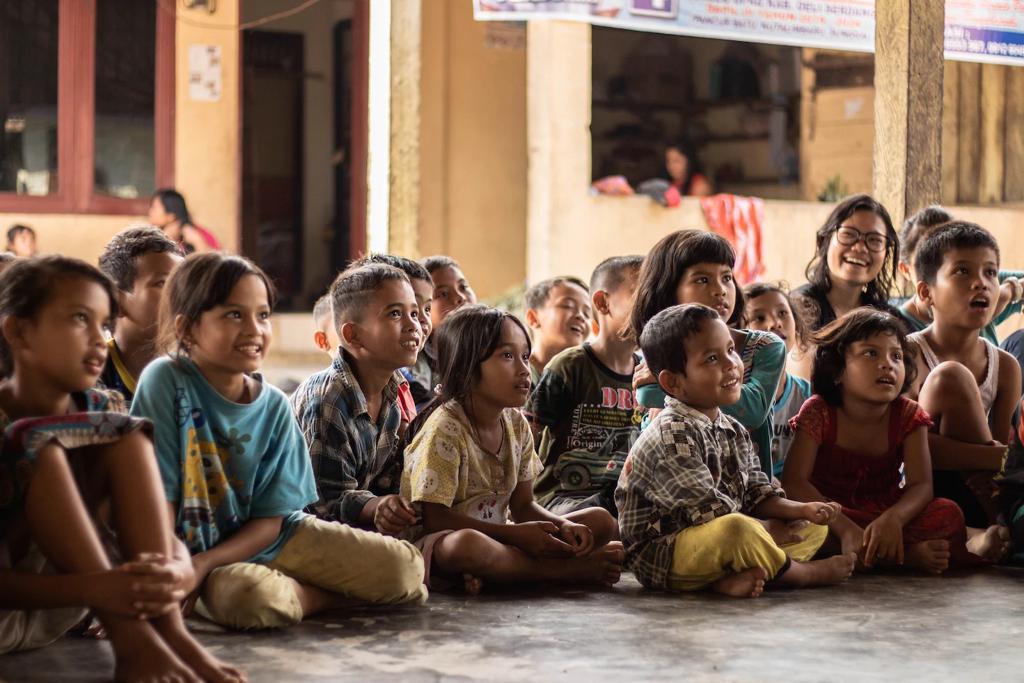Credit: Unsplash
This article was written for Toufik’s Guide Magazine by Gargi Gautam. Statements or opinions expressed in this content strictly reflect the views of the author and not that of Magazine’s.
The educational scenario in India is changing. Regarding primary and secondary education, India has made progress over the years in both attendance rate and literacy level (77.7% in 2021).“According to Unicef., Every child has the fundamental right to quality education – one that helps them acquire basic literacy and numeracy, enjoy learning without fear and feel valued and included, irrespective of where they come from.” Quality of education is a powerful asset for a country, it not only reduces Poverty but also fosters economic prosperity. It changes attitudes to empower women such that if all women have secondary education, about 3 million child deaths around the globe can be prevented and decrease infant mortality rate by half.
India’s adolescent population is over 253 million (according to India’s 2011 Census) marking it the highest adolescent population in the world. While the initiatives to improve the quality of education rage on, the Indian education system is still far behind. Although the government’s support for education has increased in India over the last decade, and several non-profit organizations have been working towards the cause, children living in poverty are still facing extreme barriers when trying to complete their schooling. Two-thirds of people in India live in poverty. Many parents cannot afford the cost of education for their children, which include uniforms, transportation, supplies, books and school fees in some cases. The attitude of the families toward education is also a point of concern. People in poverty-stricken communities send their children to work instead of school. Situations like this can be seen in both rural and urban India, but to a lesser extent in the latter.
Major problem apart from poverty is the lack of qualified teachers and infrastructure. Even when children do make it to school, they often have to deal with poor learning environments. Some schools do not have enough teachers to teach. Teachers in rural regions only have access to outdated curriculum. School’s lack of internet access and inability to afford enough supplies for children is also an issue of great concern. To overcome this problem, National Education Policy (NPE) 2020, has been launched by the Indian government which notes that teachers shape the nation’s future. It lays particular emphasis on the Curriculum Framework for Teacher Education and professional standards for teachers.
Under-representation of Minority groups and Languages also act as a barricade towards adolescent education. The National Council for Protection of Child Rights (NCPCR) has reported that in the capital city of New Delhi, Only 8% of a total 4,81,91,351 children from minority communities, aged between 5 and 15, attend schools.
In addition to the points discussed above, other barriers towards quality education in India includes:
1. Caste
The effect of the caste system on education in India has been detrimental to the advancement of millions of lower-caste children. One-half of all poor children in India belong to the Dalit caste. The “untouchables” or Dalits are the lowest and the 5th caste was considered so beneath Indian society that it was not recognised in the census.
2. Religion
The data has shown that among the Muslims, Christians, Jains, Sikhs, Buddhists, Parsis and other linguistic minorities.Jain community schools have the highest percentage of non-minority students attending school, followed by Christian and Sikh schools. Meanwhile, the Muslim community has the lowest rate. It is also noted that in 2015-16, 11 million Muslim children were out of school.
3. Poor health
Health conditions and disabilities affect educational outcomes, cause educational setbacks and thus interfere with schooling. Some of the regions in India lack food and water which causes some children to not be healthy enough to attend school. Some of these places do not have enough doctors, and most of the population living in poverty cannot afford to see a doctor and get the medicines they require. The majority of these families live in slums and they do not have sanitizing supplies to help prevent sickness. Today, diseases like covid are keeping children away from school.
Conclusion
Education is a basic human right and it should be accessible to everyone irrespective of their caste, religion, and economic background. The road up to the social ladder is education. Access to resources does not guarantee education, it is the mindset towards it that needs to change. Quality education creates an environment that allows young minds to grow and flourish, it installs positive values and helps them become a productive member of society.
References
- Gale L, Bhushan P, Eidnani S, et al. Overcoming barriers to inclusion in education in India: A scoping review. Soc Sci Humanit Open. 2022;5(1):100237. doi:10.1016/j.ssaho.2021.100237
- Mondal A. Needs, Importance and Barriers of Inclusive Education in India. Int J Polit Cult Soc. Published online July 15, 2021:1-2021.
- Sardana S. What are the challenges of education in rural India and how technology can help overcome them. The Hindu. https://www.thehindu.com/education/what-are-the-challenges-of-education-in-rural-india-and-how-technology-can-help-overcome-them/article35316970.ece. Published July 14, 2021. Accessed March 9, 2023.
- Mead BK. Education In India: Lineal Barriers and Governmental Neglect. ArcGIS StoryMaps. Published December 9, 2021. Accessed March 9, 2023. https://storymaps.arcgis.com/stories/728698d77ac64378a76acdbad6c9b2bd
About the Author
Gargi Gautam is a 4th-year medical student studying at Kharkiv National Medical University. She likes presenting at conferences and meeting new people. In her free time She enjoys reading fiction, and poetry sometimes.

